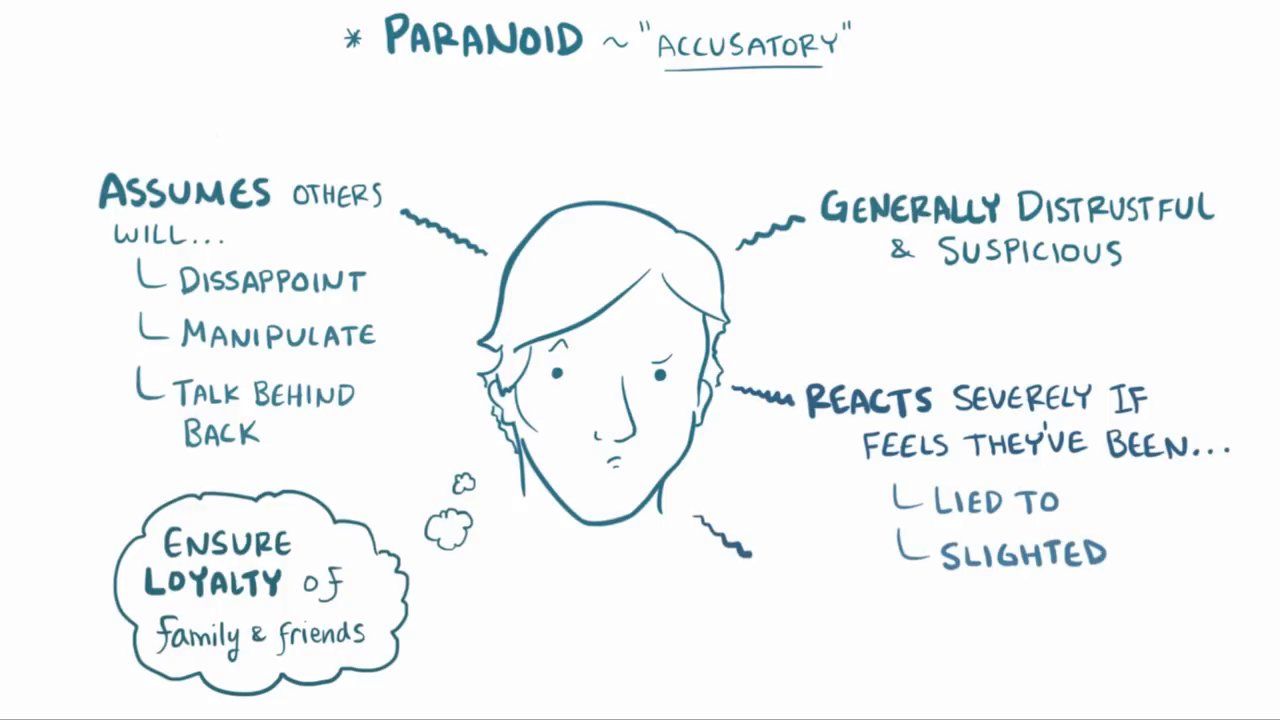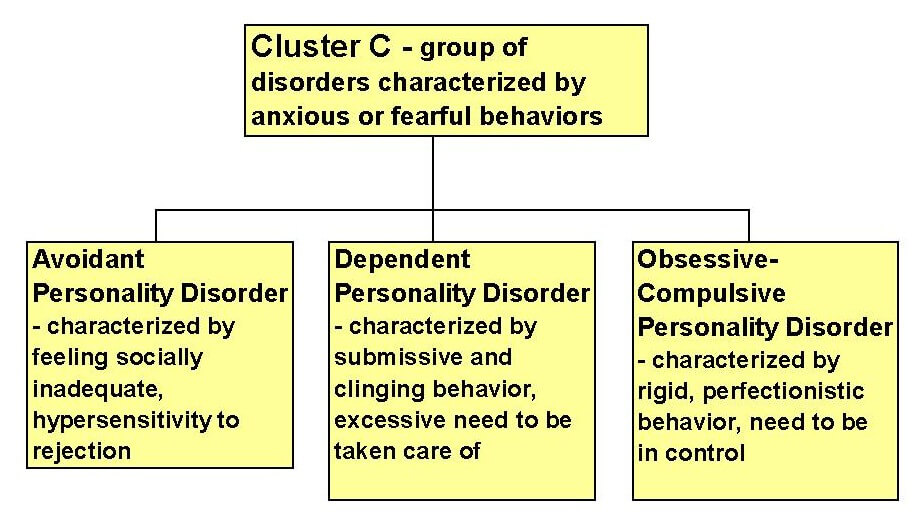

Due to its many presentations, additional subtypes have been proposed for inclusion.Īvoidant personality disorder is characterized by feelings of inadequacy, hesitation to engage in social situations, and intense emotional response to criticism. Research into dependent personality disorder is ongoing.


intensely seeking a new supportive relationship when the current supportive one ends.fears about an inability to care for yourself make being alone uncomfortable.difficulty showing initiative as a result of self-doubt.going to extreme, often unpleasant lengths just to feel support and nurturing.fear of confrontation due to unrealistic fears of disapproval.difficulty making decisions without direction and reassurance.needing someone else to assume responsibility for major life areas.To receive a dependent personality disorder diagnosis, the DSM-5-TR states that five or more of the following criteria must be met: You might also engage in extreme people-pleasing and submissive behaviors to ensure your caregiver stays close. When you live with this condition, you may find it challenging to make even simple decisions without guidance. Unlike other disorders that may share similar fears of abandonment, dependent personality disorder is rooted in an intense need to receive care. When you live with dependent personality disorder, you may experience a persistent fear of separation and exhibit submissive, overly-attached behaviors that come from a deep need to be taken care of. OCPD is more common in men than in women, and it’s possible to have many traits of OCPD without a fully diagnosed disorder. inability to delegate tasks unless they’re performed in an exact way.reluctance to spend money because it might be necessary for future disasters.inability to get rid of possessions, even if they have no sentimental value.extreme work devotion at the expense of social events and relationships.perfectionism that interferes with completing a task.preoccupation with details, organization, or rules that override the activity itself.To receive an OCPD diagnosis, 4 or more of the following DSM-5-TR criteria must be met: mental health community, notes OCPD patterns commonly appear as perfectionism or a fixation with order, and they come at the cost of personality traits such as efficiency, flexibility, and receptiveness.
Personality clusters manual#
The Diagnostic and Statistical Manual of Mental Disorders, 5 th edition, revised text (DSM-5-TR), a primary reference tool in the U.S. When you live with OCPD, however, you’re likely comfortable with the system of behaviors you’ve developed. OCD tends to involve a sense of self-awareness - you realize your thoughts and behaviors may be unreasonable. OCD obsessions can have many themes, and a large part of your day may be spent performing OCD rituals to help break the cycle of obsessions. OCD, on the other hand, can impact any area of your life and involves distressing, irrational obsessions followed by compulsions that aim to decrease the distress these thoughts cause you. In OCPD, thoughts and urges are focused on rigid management of daily life and the tasks associated with it. OCPD is not the same as obsessive-compulsive disorder (OCD), though both conditions involve unwanted intrusive thoughts and compulsive behaviors. obsessive-compulsive personality disorder.cluster C: predominant fearful and anxious features.cluster B: predominant intense, emotional, and erratic features.

cluster A: predominant emotional unavailable, odd, and eccentric features.These are the three clusters of personality disorders: There are 10 personality disorders and they’re grouped together based on shared dominant features or personality traits.
Personality clusters series#
Personality disorders are mental health conditions that involve a series of personality traits and patterns of thought and behavior that may lead to a great deal of distress and friction in interpersonal relationships. Cluster C personality disorders include avoidant, dependent, and obsessive-compulsive personalities.


 0 kommentar(er)
0 kommentar(er)
